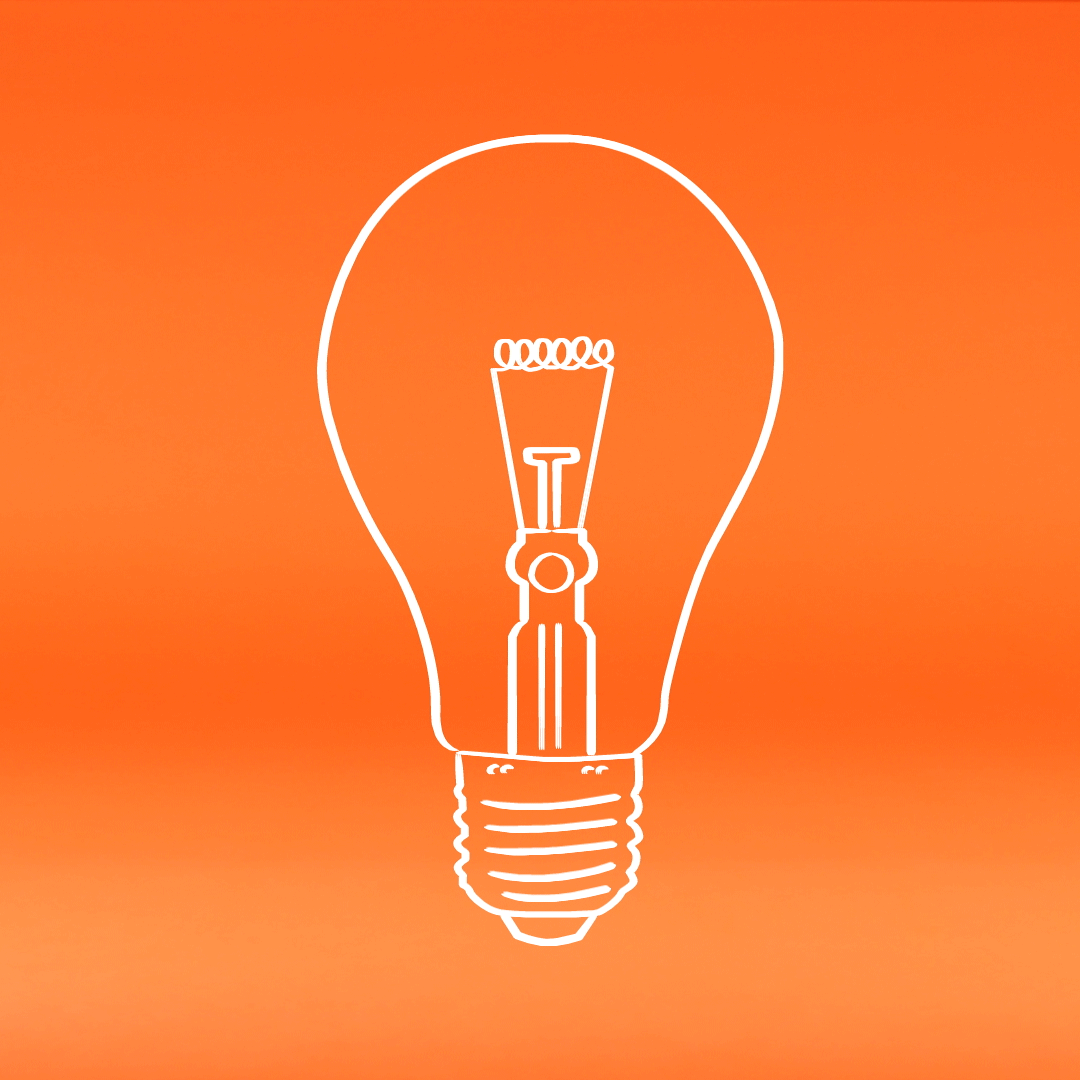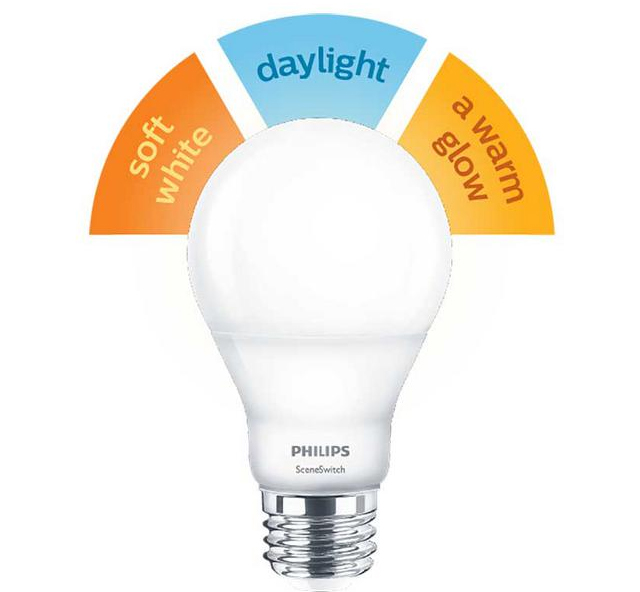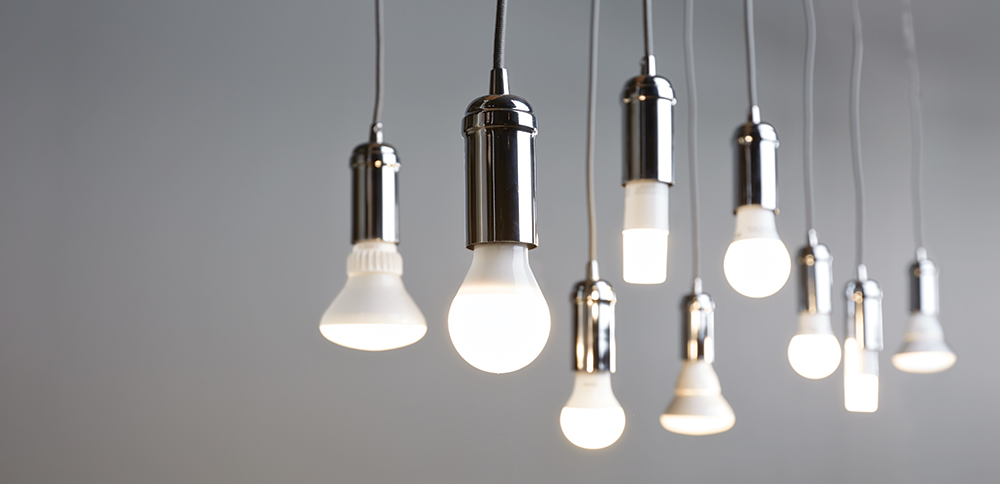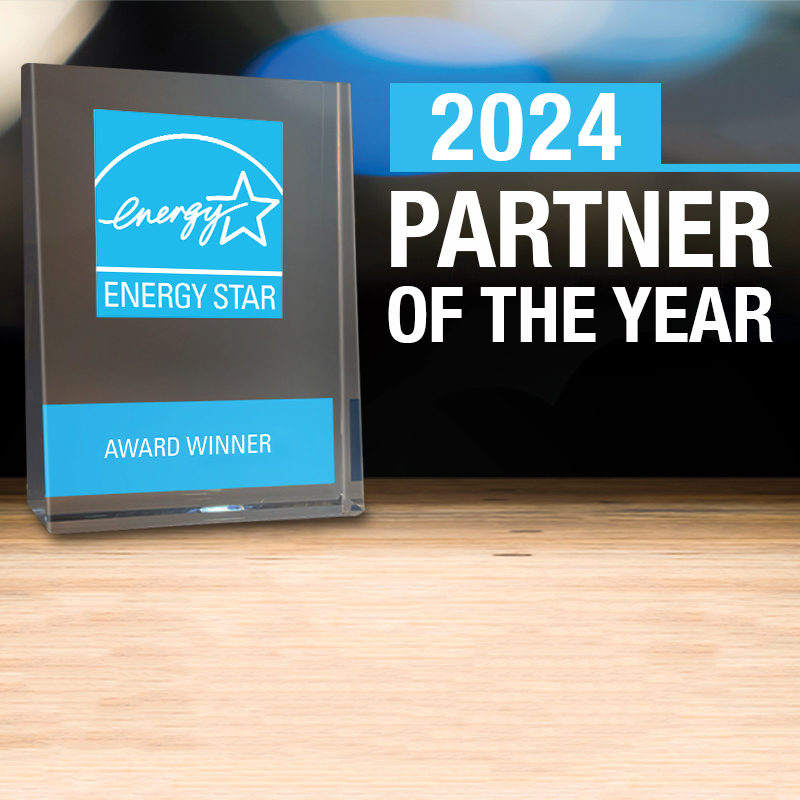 There’s never been a better time to upgrade your home to all LEDs.
There’s never been a better time to upgrade your home to all LEDs.
Not only have LED bulbs been redesigned with a more stylish look, but the price of converting to LED lighting has dropped drastically.
We sat down with Joey Corona, The Home Depot’s light bulb merchant, to chat about the big strides made recently in LED technology, and why switching now will not only keep more money in your pocket, but also lighten your environmental footprint.

How much can you save on your energy costs at home by using LED bulbs?
On average, if you switch an entire home from old incandescent bulbs to LED bulbs, you're going to save somewhere between $200-$300 a year on your energy bill.
Most of these bulbs are going to last a minimum of around 10 years, meaning the savings that you experience in year one, you're going to experience again for multiple years. The upfront investment is just nowhere near what it used to be.

Who is leading the way in LED innovation?
Major suppliers of LED products, like Cree, GE and Phillips, are all bringing new innovation to the market.
One great example is the Philips SceneSwitch LED bulb – it’s one bulb with three different color settings, meaning you can switch your light without switching your bulb. You don’t even need any special installation equipment, because it works with your ordinary light switch.


Another example is the new, high-definition GE Reveal LED bulbs. These bulbs are engineered to filter out dingy yellow tones to illuminate a color-enhanced spectrum of light, making colors and patterns really pop. They also provide 80 percent energy savings compared to incandescent bulbs, and have superior long-life.
How is The Home Depot helping LED become more affordable?
We work with manufacturing partners to reduce the number and size of parts inside LED bulbs – this includes reducing the number of LED chips needed to produce the same type of light output. These efforts have led to a drastic reduction in price for our customers.
Five years ago LED was fairly expensive; these days, you can offset the cost of converting your entire home within just a year or two.

What does the future of LED lighting look like?
The future is limitless for LED, especially when you think about its applications for building a Smarter Home. There are already bulbs that you can control through your phone or iPad. Some bulbs are smart in the sense that they include things like motion sensors, or even cameras to take pictures.
Any final advice for customers looking to make the switch to LED lighting?
Customers should avoid any product that is stated to last less than 10,000 hours when it comes to LED. If they go less than 10,000 hours, they're essentially sacrificing more lifetime than they need to.






